Feasting on Agriculture -- Salt Revival Oyster Company
Irish writer Jonathan Swift once wrote, “He was a bold man that first ate an oyster.”
And maybe he was right. Heck, it took me 37 years to muster up the courage to take the plunge—into raw oysters, at least.
If you’re going to cross this cultural bridge into the world of oyster slurping, there’s no better place than the Gulf Coast of Louisiana, which is where I found myself for this month’s Feasting on Agriculture.
I consider myself somewhat of an “expert” on many of the crops I’ve covered in the past: poultry, cattle, crawfish, grains. But oysters? This was new territory for me.
The peak oyster harvesting season in Louisiana generally runs from October through April. During this time, they are at their freshest, which coincidentally made it the perfect time to travel to Cameron Parish to visit Salt Revival Oyster Co. and to learn about a remarkable project—a new concept in the world of oyster production.
In recent years, a different way of growing oysters has evolved in Louisiana. This method produces oysters that look different, with cleaner shells and a distinctive taste reflecting where and how they’re grown. These farmers have greater control over the outcomes.
Salt Revival owner David Sorrells welcomed us to the Cameron Alternative Oyster Culture (AOC) Park, located inside Calcasieu Lake, to show us how they use innovative methods to maximize efficiency and sustainability while cultivating a better oyster.
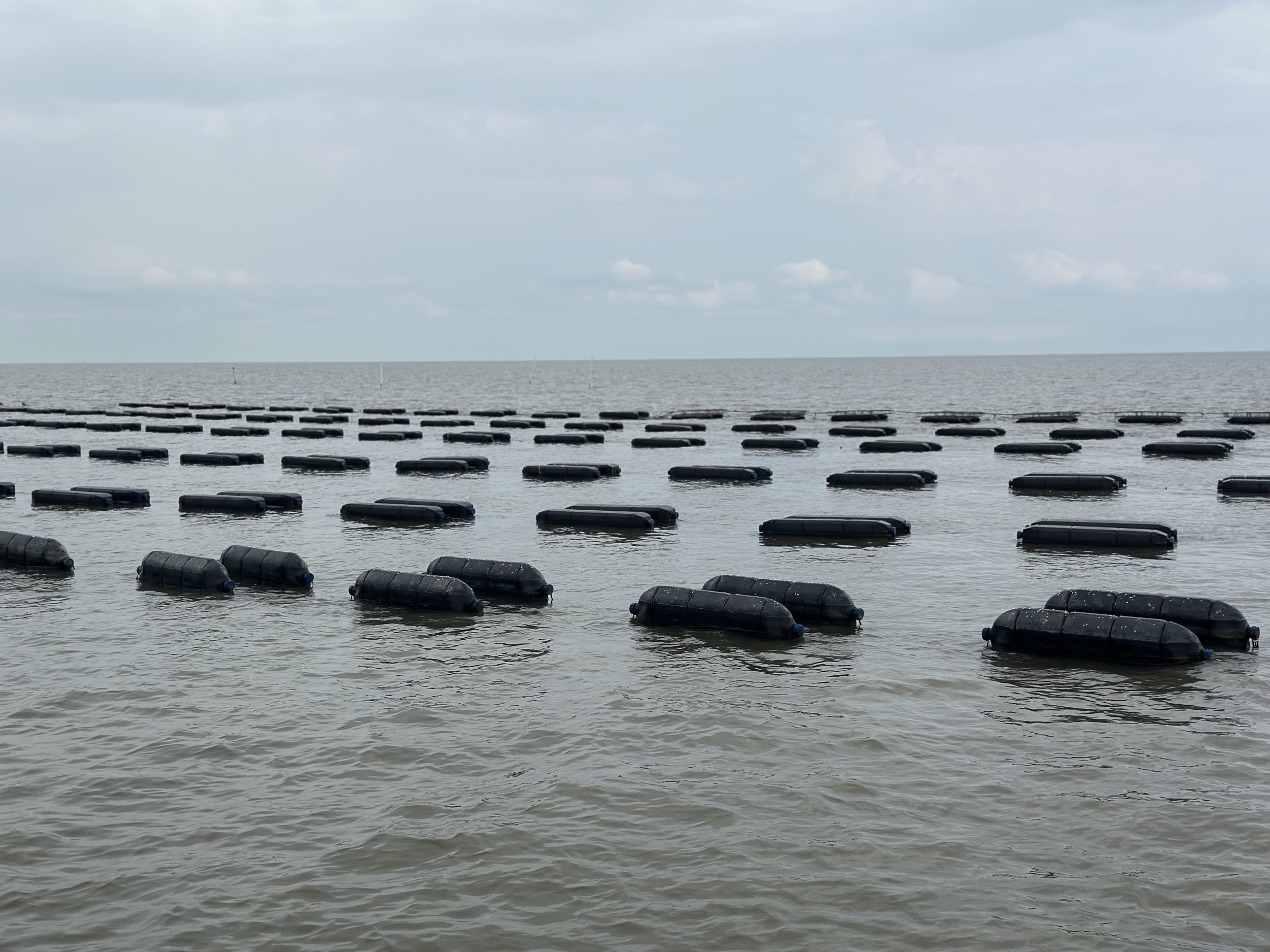
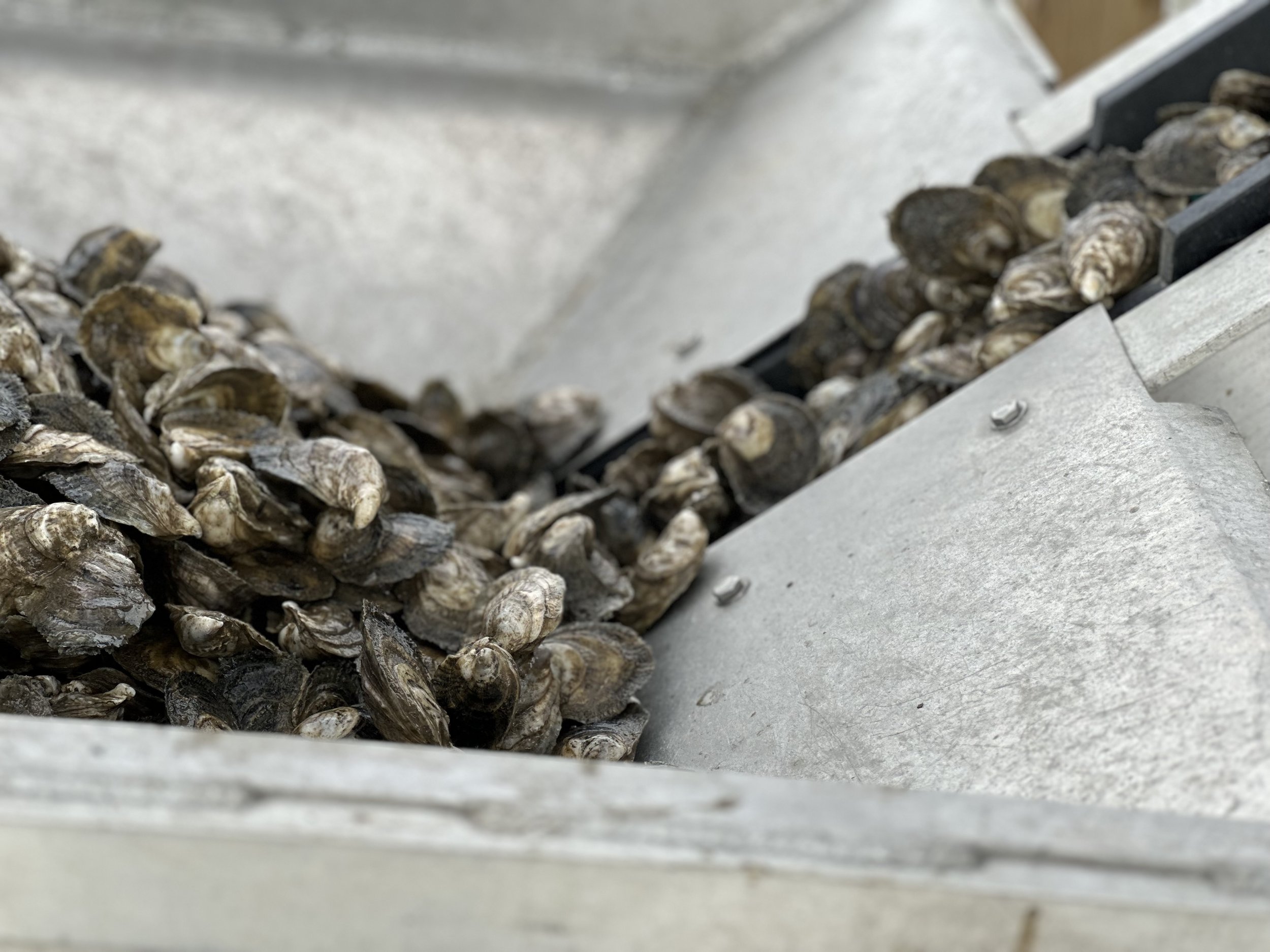
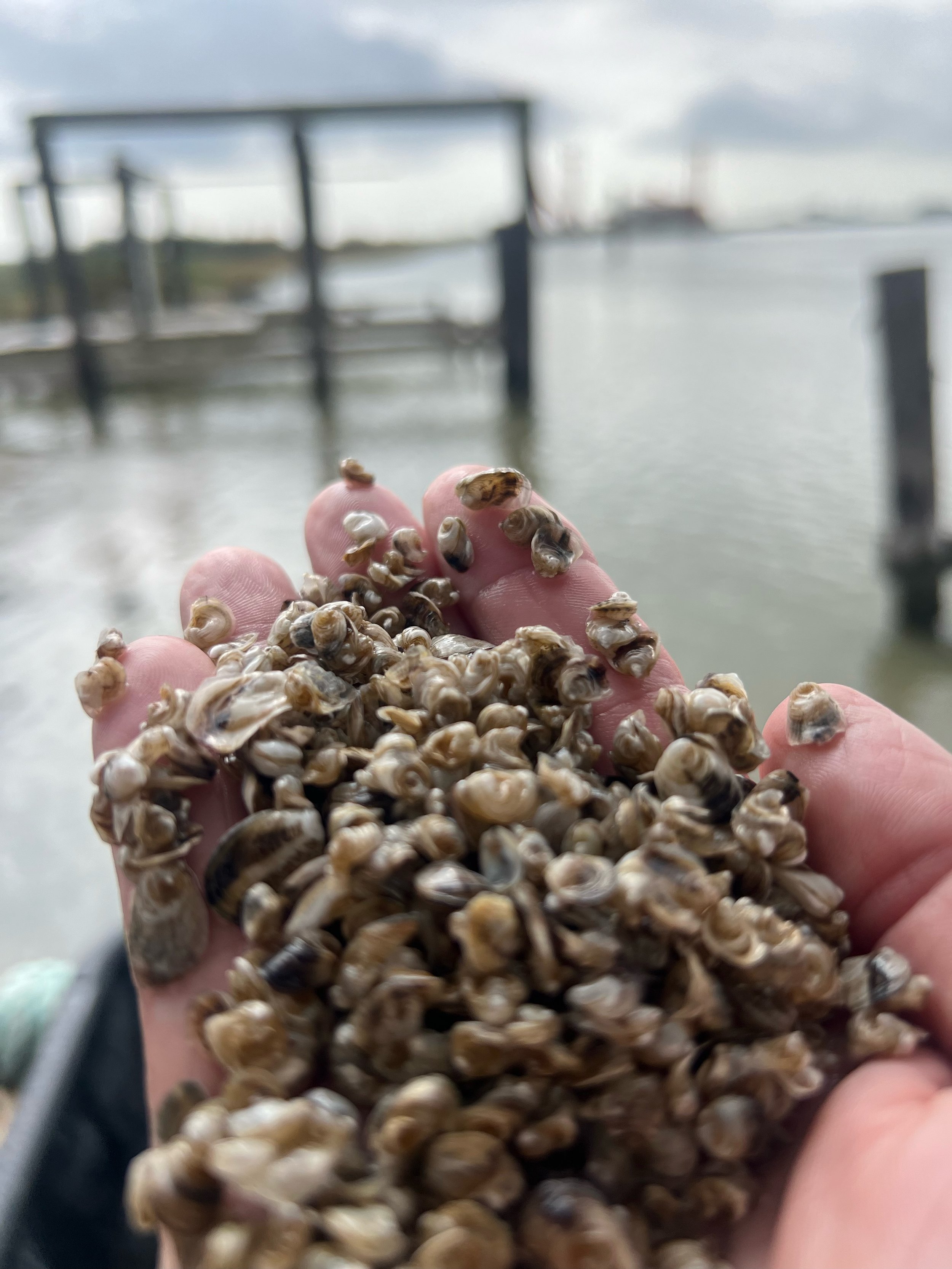
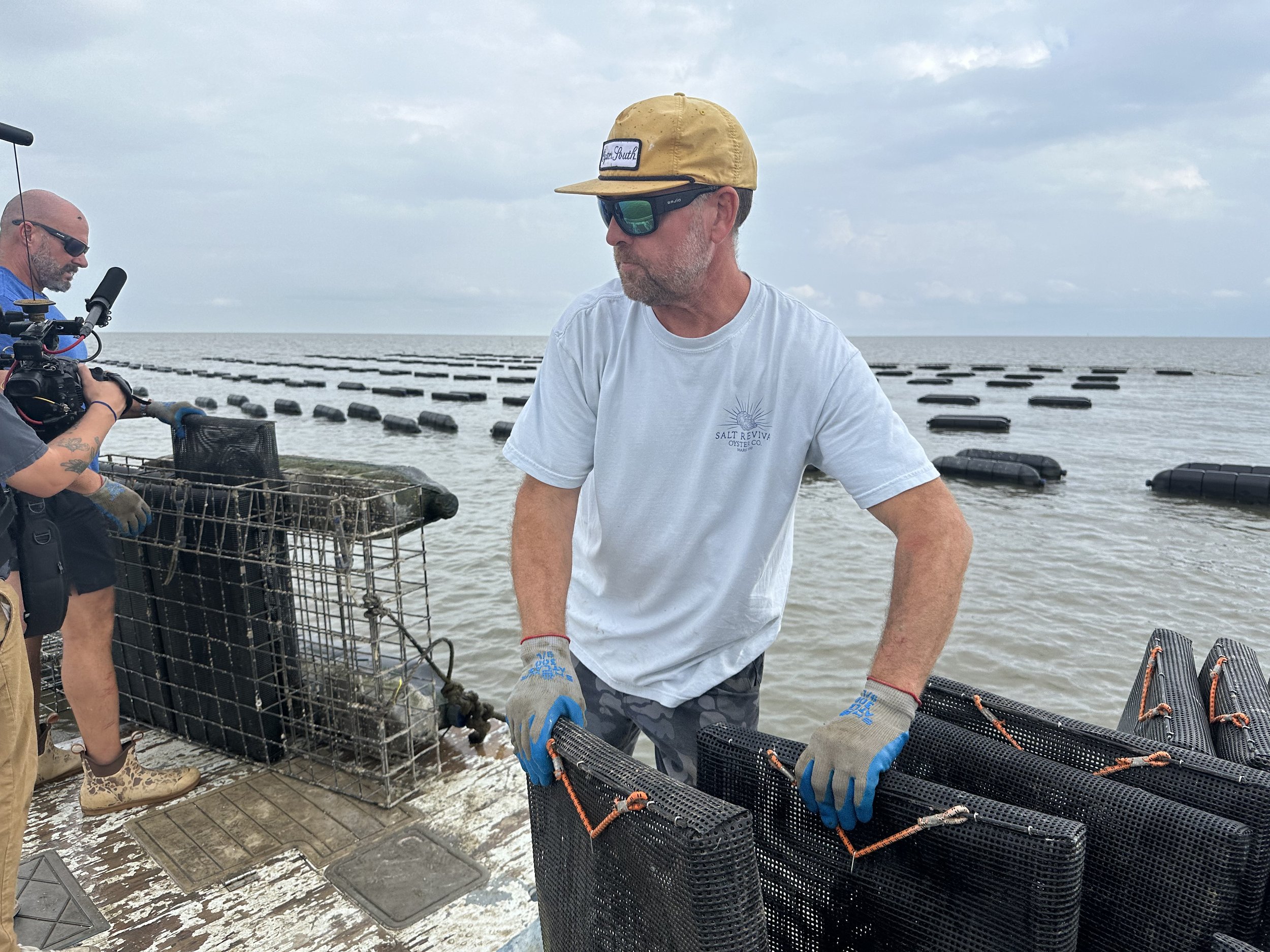
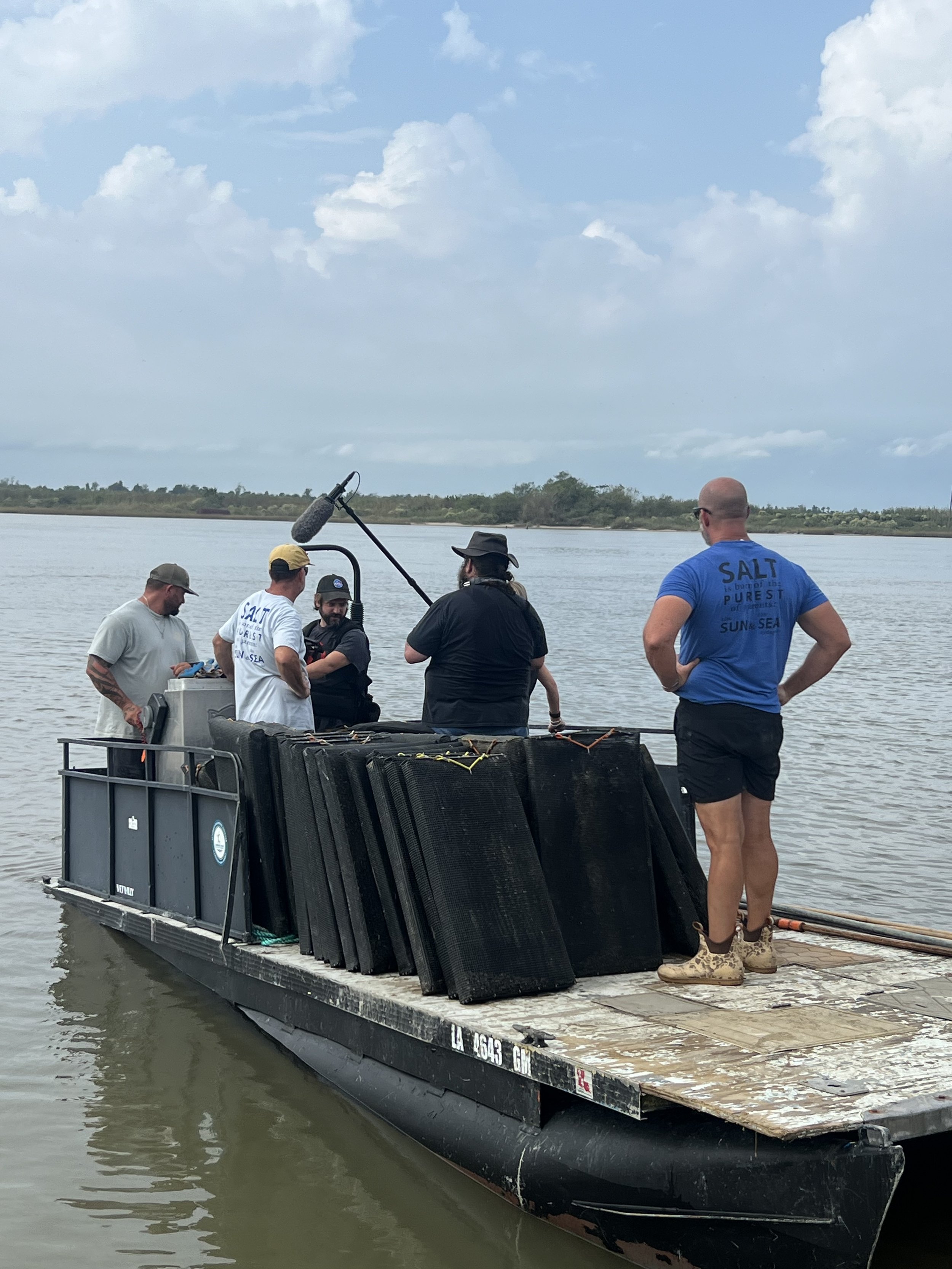

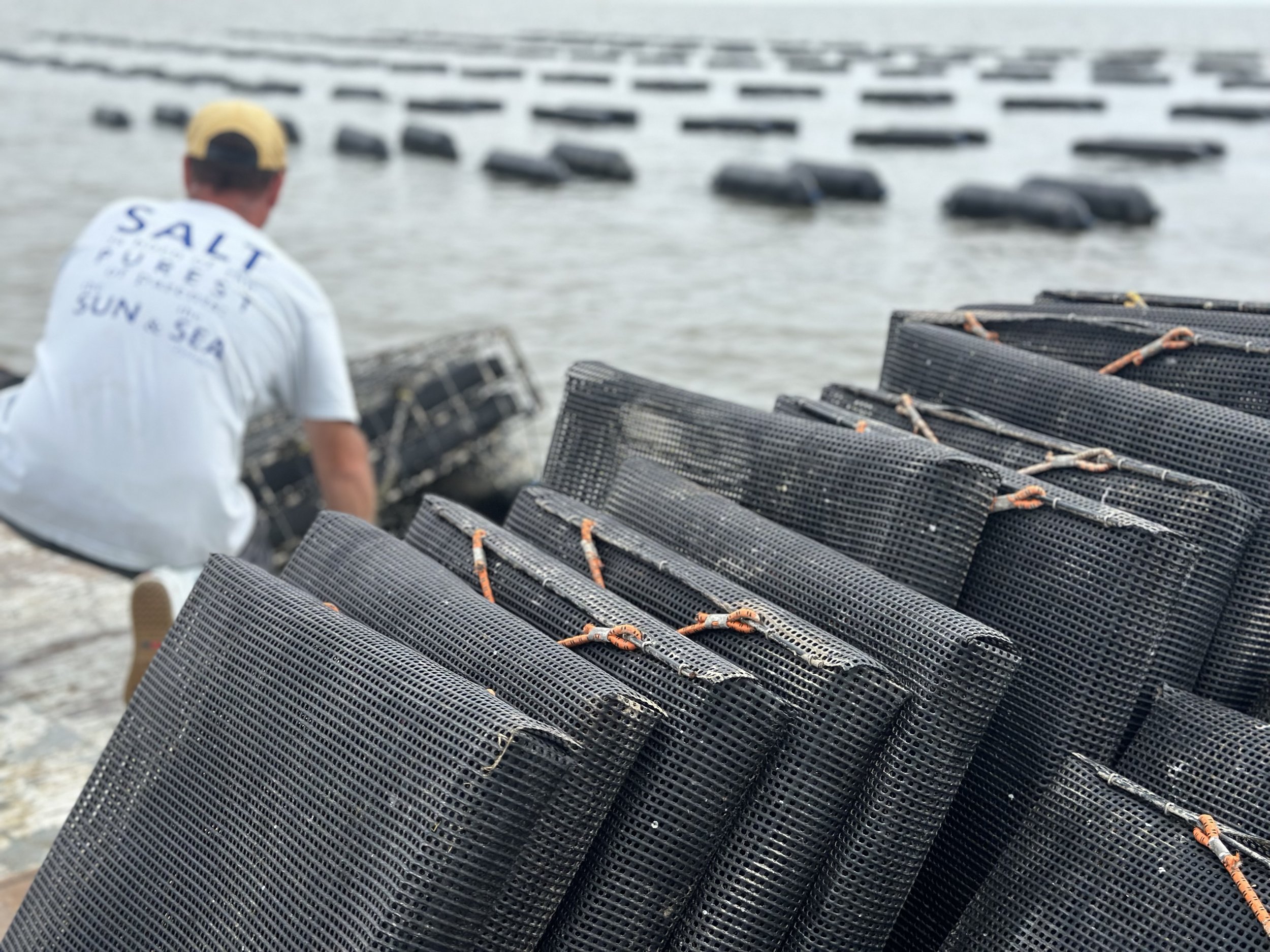
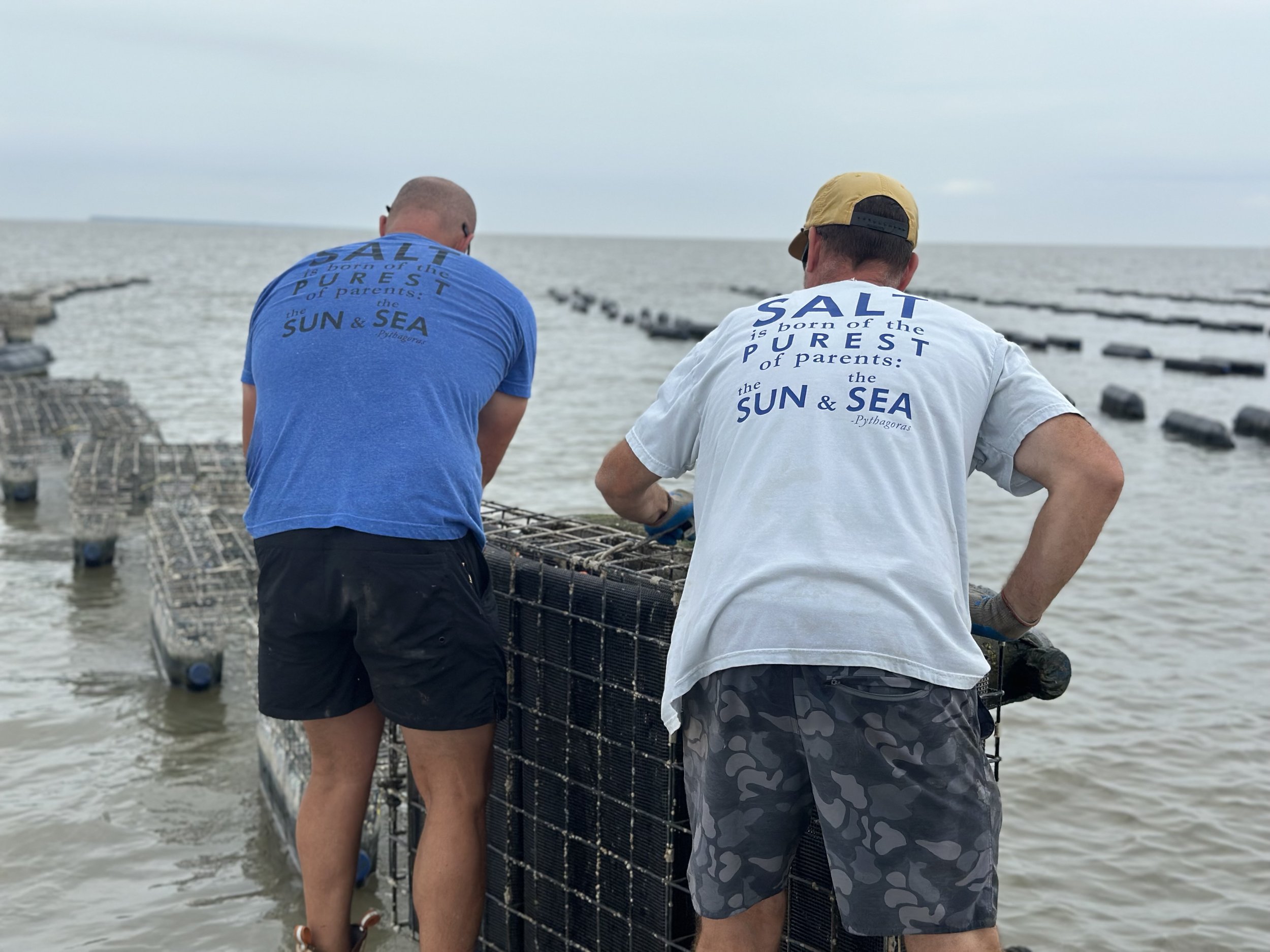
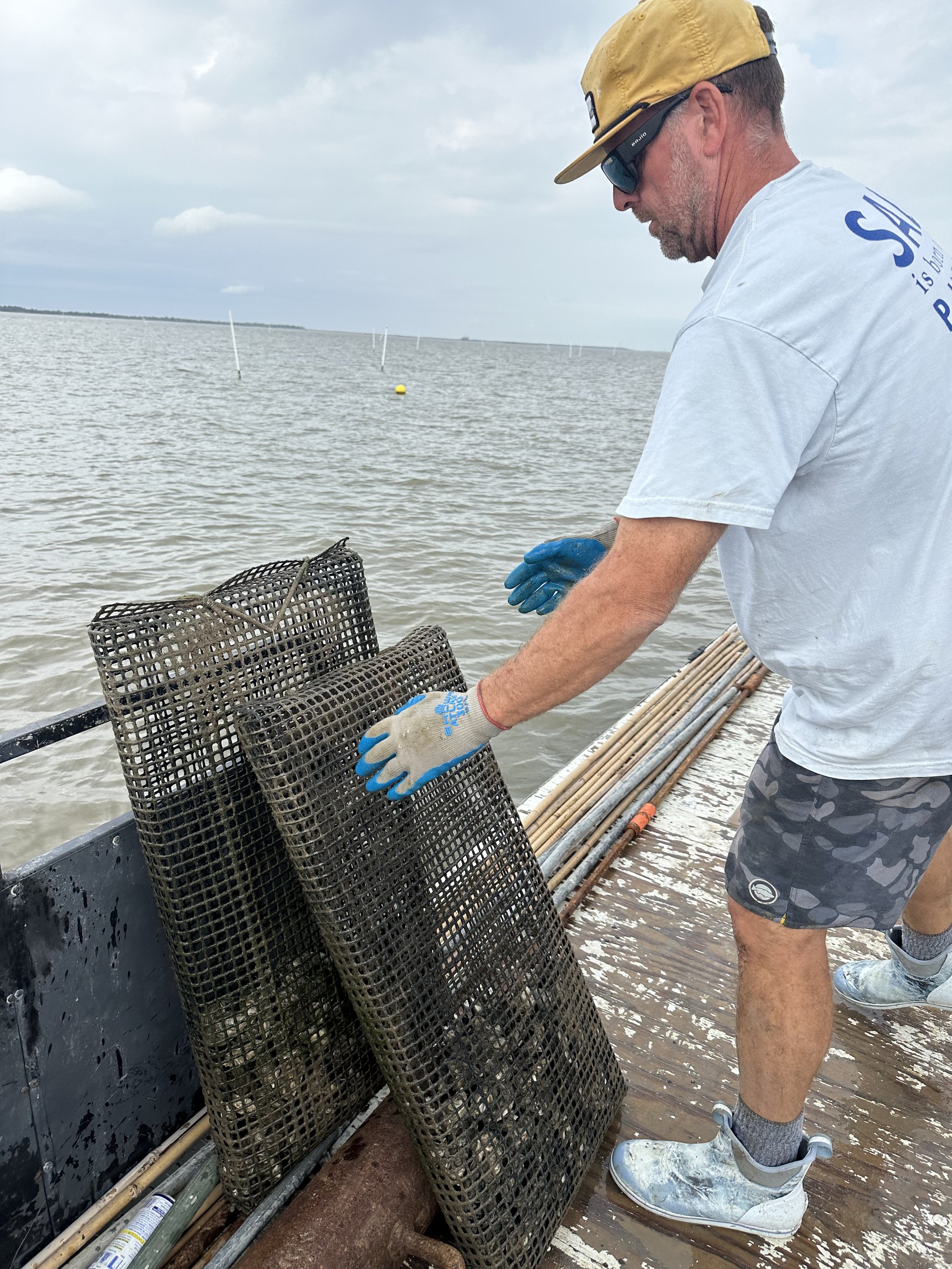
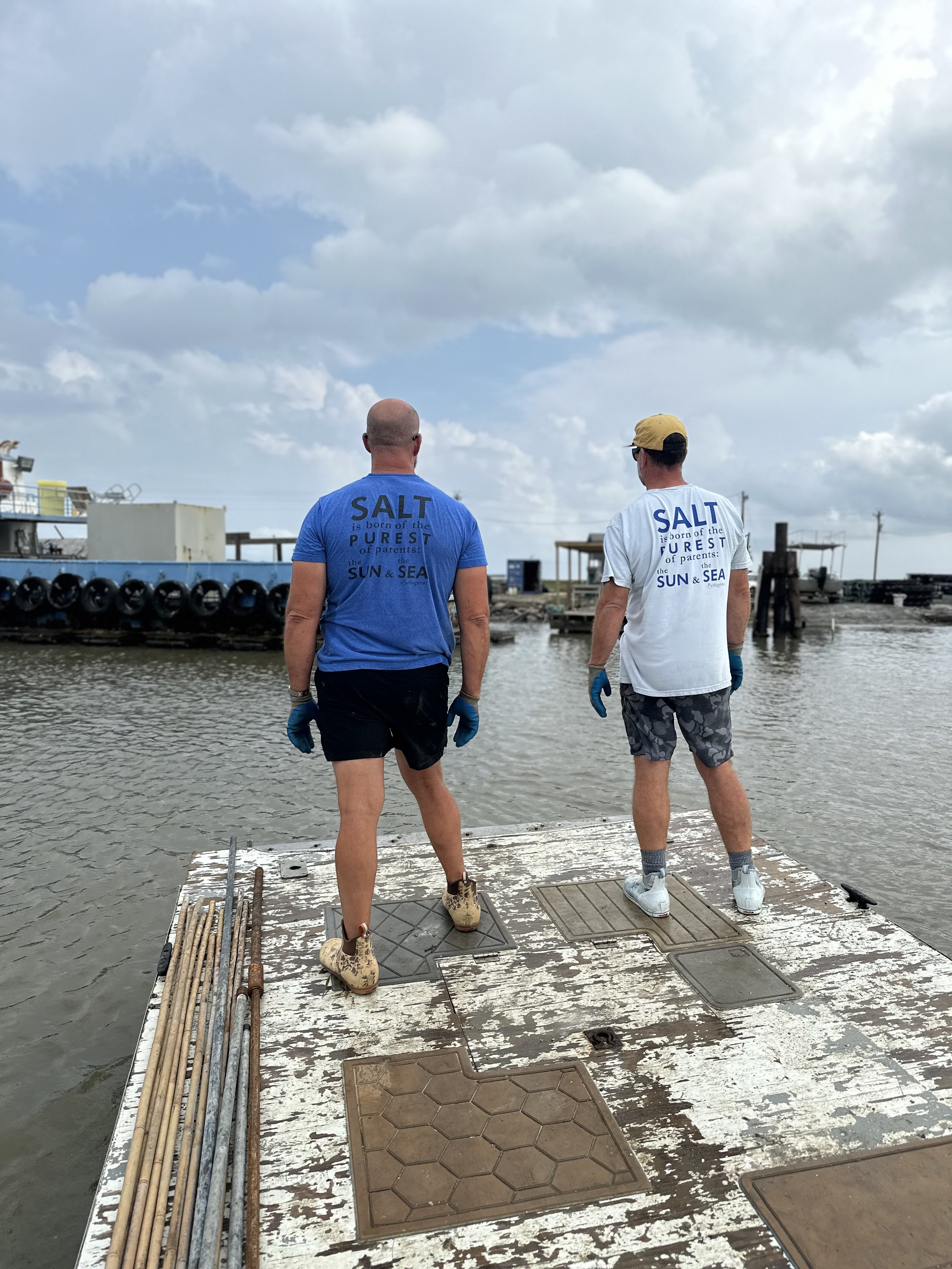
Here, they grow oysters from seed in floating enclosures, as opposed to traditional methods where oysters are grown on reefs and harvested from the bottom. This process results in cleaner, more flavorful oysters.
From tide to table, traditional oyster farming takes approximately 2-3 years to produce a harvestable product. With this method, farmers can cultivate and harvest market-ready oysters in less than a year. This technique also yields oysters with smaller, deeper shells and a larger piece of meat inside.
In our segment, David explained the entire process of “boutique oyster farming” from start to finish far better than I could here—so be sure to watch the full video.
During the interview, I asked David if there was any truth to the old adage about only eating oysters in months containing an ‘R.’ He explained that this saying dates back to the colonial era when shellfish had a higher risk of spoilage in warm temperatures. The Vibrio bacteria associated with consuming spoiled raw shellfish were more prevalent during summer.
Back then, when only wild oysters were available, the season mattered for several reasons. Wild oysters spawn in the summer when the water is warmest. Many areas closed the season during this period to allow oysters to reproduce, leading to a more sustainable harvest later. Spawning oysters also tend to be smaller, watery, and have an unpleasant taste.
Today, advancements in shellfish aquaculture have made year-round oyster harvesting possible. For instance, the development of triploid oysters—genetically modified to be sterile—allows for faster growth rates and consistently delicious flavor, even in warmer months.
Good to know!
While we were there, I even received an oyster Valentine! David’s farm manager, Hubern Doxey, gave me a heart-shaped oyster to take home. He explained that sometimes oysters grow together and never separate, forming a heart shape. This gift was the highlight of my day!
During our chat, I asked David how he became an oyster farmer. A chef by trade, he has worked in some of the nation’s finest culinary establishments, from Brennan’s Family Restaurants to Commander’s Palace in Las Vegas and The French Laundry in California.
Eventually, his family relocated to Lake Charles. Despite the abundance of coastal ingredients, David found it difficult to source high-quality seafood for his business. This led him to establish Salt Revival Oyster Co., a testament to his dedication to showcasing Louisiana’s coastal bounty and commitment to sustainable seafood practices.
In August, David opened his restaurant in Lake Charles, where he serves his oysters alongside other Gulf oyster varieties.
After we wrapped up at the farm, we headed to his restaurant to sample the fruits of his labor.
It was finally time for me to admit—begrudgingly—that while I love chargrilled oysters, I had never actually tried a raw one. After recovering from the shock that a Louisiana-born and bred girl had avoided this rite of passage, David assured me that this was the perfect place to take the plunge. So, I took the bold step.
There’s something visceral about eating oysters. For me, it wasn’t an experience I was eager to dive into. Eating raw oysters is like tasting the ocean. Leave your knives and forks behind, grit your teeth, and prepare for some self-conscious slurping. The uncomfortable feeling I had as I swallowed this slimy creature wasn’t alleviated when I watched the video later—it looked just as awkward as it felt.
All in all, it wasn’t bad. I didn’t die. Aside from the texture, the taste was delightful! They say raw oysters are an acquired taste, and I clearly have a long way to go before I can casually down a dozen on the half shell.
But the chargrilled and baked oysters? To die for! The chargrilled ones were perfection—the best I’ve ever had. David’s take on Oysters Rockefeller, made with collard greens instead of spinach, was amazing. But my favorite dish of the day? The Alabama white sauce baked oyster. My exact reaction: “Oh my goodness me!” If David bottled that sauce, I’d sign up for a lifetime subscription. It was that good.
I can’t thank David and the team at Salt Revival Oyster Co. enough for their hospitality. A special thank you as well to Kim Montie from the Cameron Parish Port for coordinating our visit.
Every part of this shoot was top-notch—one of my favorite Feasting on Agriculture segments so far!
To learn more about Salt Revival Oyster Company, follow them on Facebook & Instagram.







